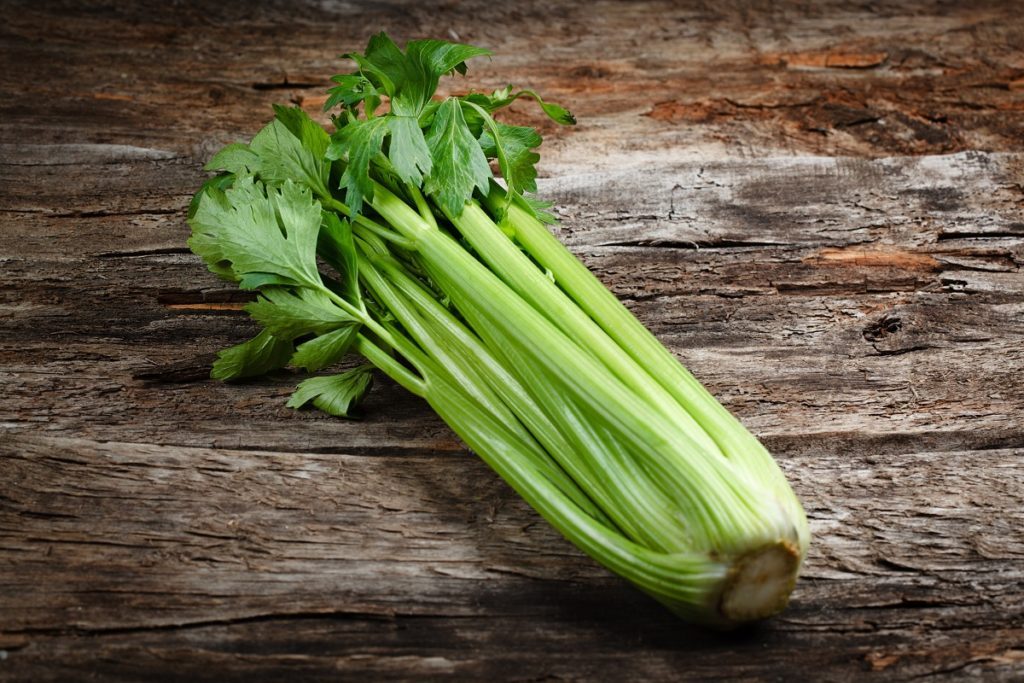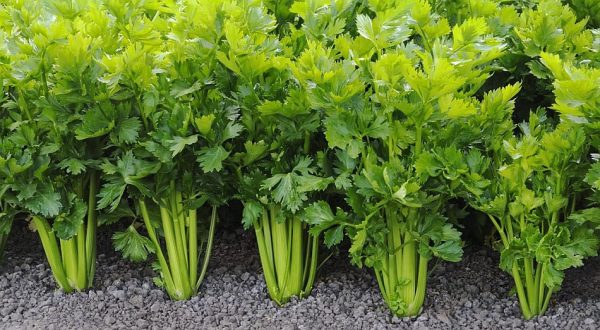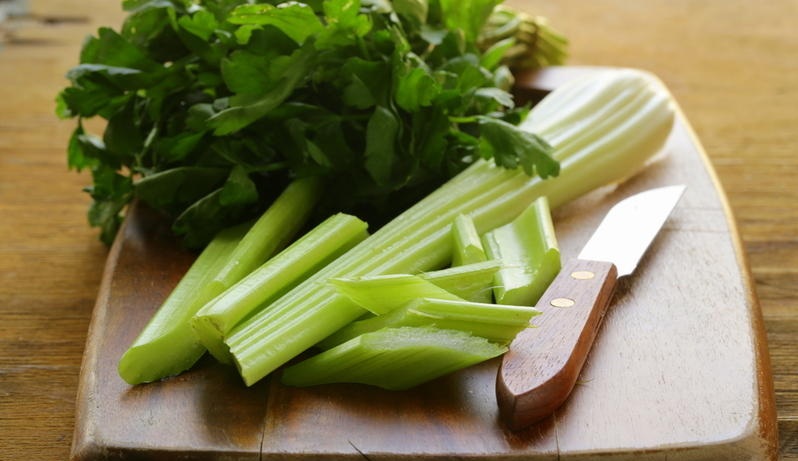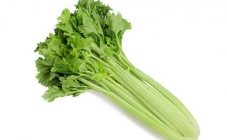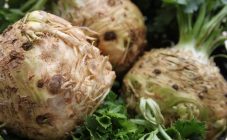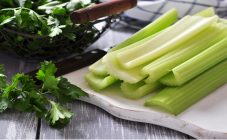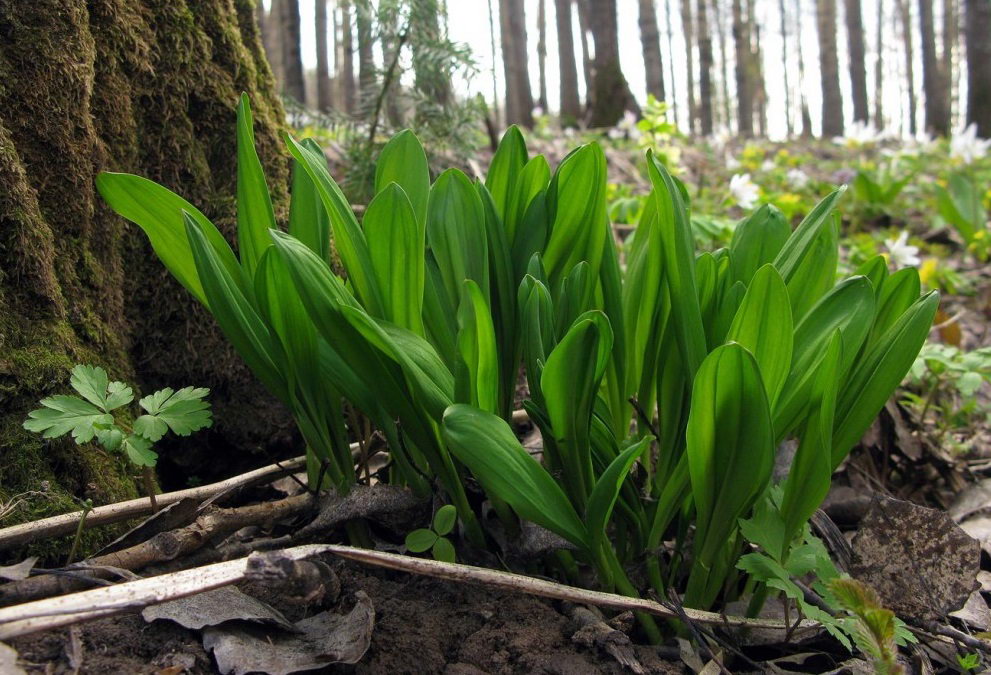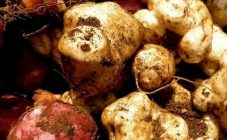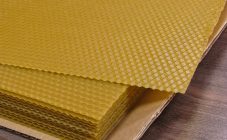Content:
Celery is a vegetable that came to Russia from the Mediterranean. And, having shown all his merits, he became one of the favorite plants that summer residents and gardeners grow in their beds. They appreciate it for its pleasant smell, excellent taste. In addition, celery has shown itself in folk medicine. True, for some, this plant remains a mystery. Let's take a closer look at what celery is and what it is used for.
Most people, if not growing celery, know what celery looks like because they see its root in markets or in a store. In this article, we'll cover everything about celery.
The culture belongs to the Celery family, in nature there are about twenty different varieties. The most popular is aromatic celery, which is a vegetable.
The culture has been growing for two years. An annual plant collects greens and roots, a biennial plant - seeds. In fact, celery looks like a herb with simple, pinnately dissected leaves. During flowering, the flowers are collected in umbrellas. The fruits are seed pods. The celery root is a shaft, only at the root - in the upper part a root crop forms in the form of a seal.
Reproduction
Reproduction of celery occurs thanks to the seeds, but they do not germinate for a very long time. For this reason, they are sown in advance to grow seedlings. In addition, this method of planting celery contributes to an excellent harvest. It should be noted that the seeds of this culture have an unusual feature. They become better quality and have better similarity if they are stored for several years. Moreover, the seed that has lain for three or even four years will sprout faster than the one collected this year. But this can only be used when the seeds are harvested on their own. Nobody can reliably say anything about those sold in the store.
Varieties
In nature, there are three types of this vegetable:
- sheet;
- petiolate;
- root.
Each of these species is grown for its intended purpose. Leaves are collected from leaf celery, which are rich in vitamins. They can be harvested throughout the season: from early spring to late autumn. Succulent petioles are harvested from the petiole celery. Harvesting time falls in late summer, early autumn. Juicy root vegetables will delight the gardener with the root type of celery. They begin to collect them in the fall. Moreover, one such product weighs from four hundred to eight hundred grams. In addition, leaves can be collected from this species.
Growing
Leafy celery
Leafy celery tolerates frost and therefore can winter outdoors. Seedlings are planted in early spring, as they are not afraid of frost, but at the same time they develop slowly.It should also be taken into account that the seeds of the plant do not germinate for a very long time.
It is best to plant leafy celery in seedlings, but many gardeners practice sowing seeds directly into the garden.
Before sowing, the seeds are pretreated. First, the seed must be disinfected with a weak solution of potassium permanganate. Then it is germinated to accelerate the emergence of seedlings. To do this, they are placed in a wet cloth for a while, after which they are sown in a prepared container, which is filled with peat, humus and sand in equal proportions.
Seeds for seedlings are sown in late February - early March. The air temperature where the crops are located should be at least twenty degrees. Thus, the first shoots will appear in a week. After that, the seedlings are taken out into a room where the temperature will not rise above fourteen degrees. In addition, the plant needs a sufficient amount of light. This is done so that it grows evenly and does not stretch.
Naturally, a good harvest can be obtained only with proper care of the plant. First of all, you need to remember that celery does not like to be planted at great depths. The rest of the plant does not require special care. It will be enough to loosen the soil in a timely manner, weed the weeds and water. In this case, you need to carefully monitor so that a crust does not appear on the soil surface. This is the only thing that this plant does not like.
To greatly simplify the task of caring for the plant, you need to do mulching. Thus, you do not need to loosen the ground, weed, and besides, the mulch will not allow the crust to form. When watering, a significant amount of moisture will be retained in the soil.
Root celery
Root celery should only be grown in seedlings. The reason for this is the long period of growth and development of the vegetable. From the moment the seedlings are planted in the ground and until harvesting, at least two hundred days pass. Seeds for seedlings should be sown much earlier than leaf celery. It is best to do sowing in early February. Be sure to dive twice. In this case, the main root is pinched one third of the length.
When growing root celery until the end of August, it is not recommended to cut the leaves. This will allow the root to grow large and large. Only before harvesting can you collect shoots and side leaves.
When caring for a plant, you must not huddle it, on the contrary, you should shovel the soil from the plant. Thus, lateral roots will not develop at the root. What matters is what the celery root looks like. In this case, the root crop will grow even and beautiful. In this case, do not forget about watering. The soil must be kept moist at all times, but never wet. The crop is harvested in the month of October.
Stalked celery
Celery neighbors
Before planting celery in the garden, you need to take into account the fact that other vegetables grow on the site. Therefore, it is recommended that you familiarize yourself with the list of vegetables that this plant can coexist with:
- bow;
- cabbage;
- tomatoes;
- beans.
In fact, celery is not whimsical, it can be grown next to any other vegetable.
Celery varieties
Celery has at least 20 varieties. Moreover, each variety has its own peculiarity.In most cases, they differ from each other in taste. Therefore, it is an individual choice to determine which variety a gardener should grow on his site. There are a large number of varieties of foreign selection, as well as of domestic origin. The most popular are the following varieties:
- for leaf celery: "Vigor", "Zakhar", "Kartuli", "Tender";
- root is famous for: "Gribovsky", "Root mushroom", "Diamant", "Esaul", "Maxim", "Prague giant", "Apple celery";
- petiolate represent: "Golden", "Malachite", "White feather", "Jung".
When choosing celery in the market, you should be more careful, because instead of this vegetable, you can buy lovage. This plant is only outwardly similar to celery, with a number of differences. It is also popularly called winter celery or perennial celery. However, these two plants have many differences. The lovage has a sharper smell and bitter taste, only the leaves of the plant are accepted for food, the plant itself grows up to two and a half meters in height. In addition, lovage is a perennial plant.
Useful properties of celery
Many people are interested in how celery is useful. So, the beneficial properties of this plant begin already in the garden. First of all, earthworms accumulate in the root system. As everyone knows, it is they who make the soil fertile and form humus. Therefore, it is best to create suitable conditions for the worms, that is, plant celery in a circle so that they can reproduce comfortably there.
Moreover, if the celery grows close to the cabbage, then it will be protected from the attack of pests such as white beetle and earthen flea.
For the human body, celery is useful for vitamins and minerals that it contains. The vegetable contains:
- vitamins of groups B1, B2, B6, C, E, K, PP;
- provitamin A;
- calcium;
- potassium;
- phosphorus;
- iron;
- sodium;
- zinc;
- magnesium;
- manganese;
- insoluble fiber;
- essential amino acids;
- essential oils.
In addition to all these trace minerals, celery contains the element coumarin, which is very effective in treating cancer. Since ancient times, celery has been used as an aphrodisiac. It is very useful for restoring potency in men.
The green part of the plant is used in cooking for the preparation of conservation. In addition, they are added to salads, drinks, sauces, first and second courses, as well as side dishes and pates with celery. Celery salt is made with the help of seeds. All dried parts of celery are used in cooking as spices.
Celery contraindications
Celery should never be consumed by women who are preparing to become a mother or breastfeeding a baby. When eating a vegetable, side effects are possible, such as:
- bloating;
- decreased lactation.
In addition, it is forbidden to eat this plant for people with diseases:
- varicose veins;
- stomach ulcer;
- diseases of the urinary reproductive system.
Diseases and pests
The following diseases are dangerous for celery:
- bacterial leaf spot;
- heart rot;
- rot at the base of the stem;
- "Black leg";
- viral leaf mosaic;
- white rot of the stems.
To avoid their appearance, you must adhere to all the rules for caring for the plant. In addition, pests that carry such diseases should not be allowed to the plant. It:
- slugs;
- snails;
- carrot fly larvae;
- scoops.
It doesn't matter what celery is considered to be a vegetable or greens, the main thing is that this culture is very useful for the human body. In addition, a plant grown on a home plot will also benefit the garden. It is very easy and simple to grow a culture if you know all the features of caring for each species.
